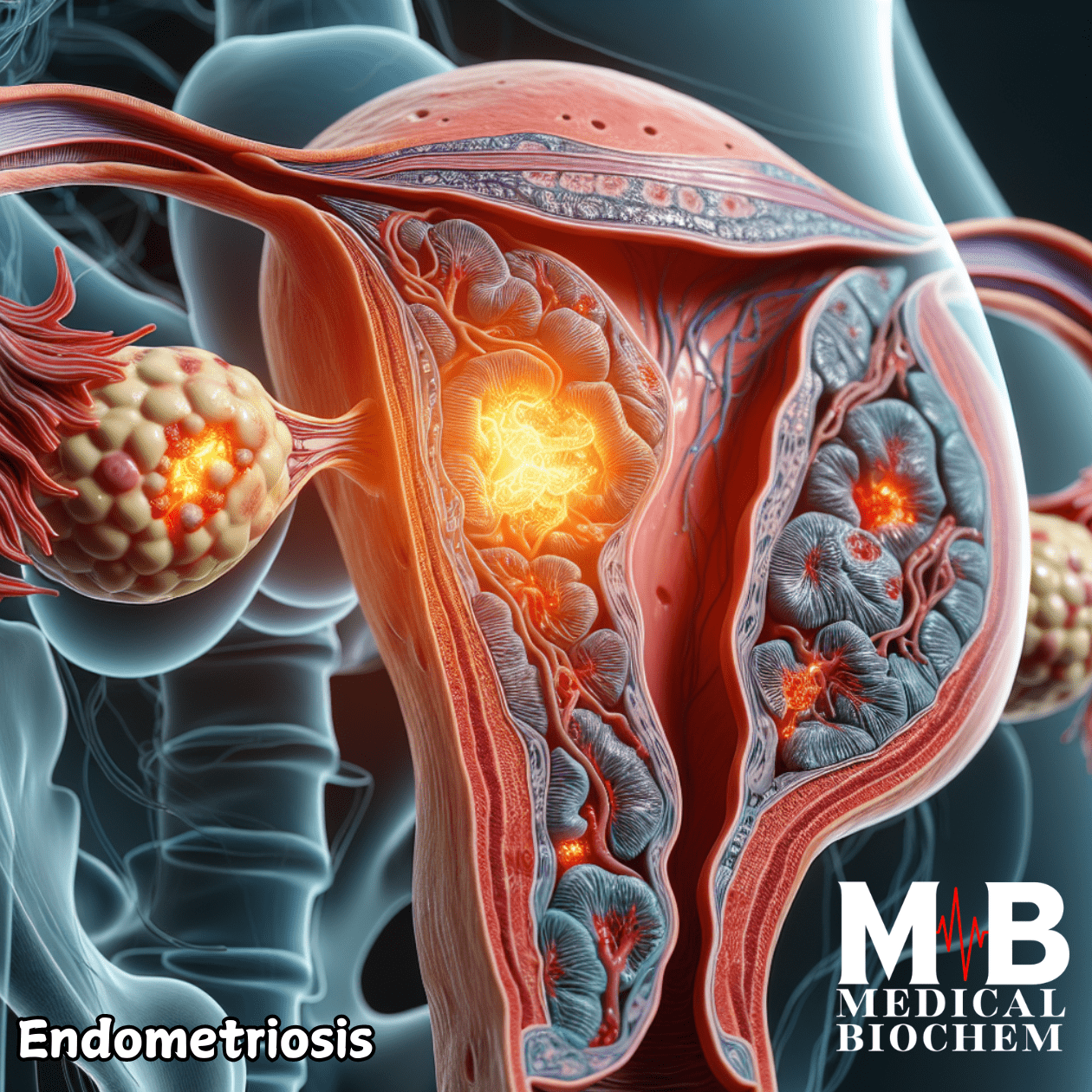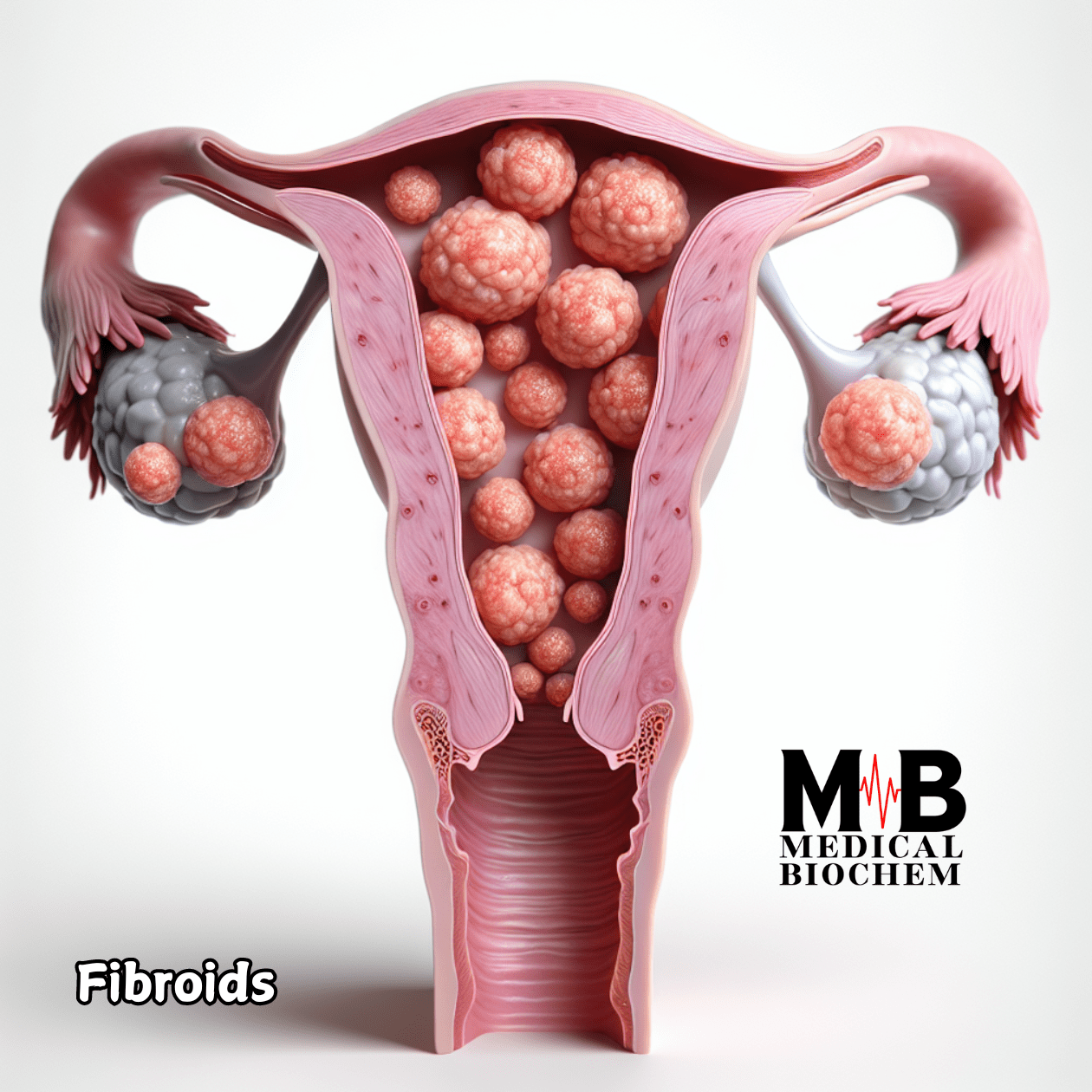Women’s reproductive health is often a topic shrouded in mystery and misunderstanding. Among the myriad of conditions that affect women, endometriosis and fibroids stand out due to their prevalence and the complexity they introduce into women’s lives. These conditions are frequently misdiagnosed or overlooked, leaving women to suffer in silence. Endometriosis involves the growth of uterine-like tissue outside the uterus, while fibroids are benign tumors that develop within the uterus. Endometriosis and fibroids both share symptoms, such as pelvic pain, heavy menstrual bleeding, and complicated diagnosis and treatment.
The consequences of endometriosis and fibroids extend beyond physical symptoms. They impose a significant emotional and psychological burden. Women experiencing these conditions often face chronic pain, fatigue, and complications with fertility. The pain associated with endometriosis can be excruciating, disrupting daily life and leading to missed work or social activities. Meanwhile, fibroids can cause severe menstrual bleeding, resulting in anemia and exhaustion. These symptoms can lead to feelings of frustration, anxiety, and depression, impacting relationships and self-esteem. The struggle to find effective treatment only adds to the distress as women navigate a healthcare system that may not fully understand or prioritize these conditions.
Despite the challenges, there is hope and help available. Advancements in medical research have led to a better understanding of these conditions, paving the way for more effective treatments. Women can explore a range of options, from medication to manage symptoms to surgical procedures that address the root cause. Hormonal therapies offer relief by regulating or eliminating menstruation, thus reducing pain and other symptoms. For those seeking non-invasive solutions, lifestyle changes, including diet and exercise, can complement medical treatments to improve overall well-being. Additionally, support networks and counseling provide emotional support, empowering women to take control of their health. By arming themselves with knowledge and advocating for their needs, women can navigate the complexities of endometriosis and fibroids more effectively.
What is Endometriosis?
Endometriosis occurs when endometrial-like tissue grows outside the uterus, primarily affecting pelvic organs. These lesions mimic the behavior of uterine tissue, responding to hormonal changes by thickening and bleeding during menstrual cycles. However, without a means to exit the body, this leads to irritation, inflammation, and the formation of scar tissue, known as adhesions.

Symptoms and Diagnosis
Symptoms of endometriosis can vary greatly, often leading to delayed diagnosis. Common symptoms include:
- Severe Menstrual Pain: Painful periods (dysmenorrhea) that may worsen over time.
- Chronic Pelvic Pain: Persistent pain that can occur outside of menstrual cycles.
- Pain During Intercourse: Deep pain during or after sexual activity.
- Bowel and Urinary Dysfunction: Including painful bowel movements and urination, often exacerbated during menstruation.
- Infertility: Endometriosis is found in 20–40% of infertile women.
Diagnosis typically involves a combination of:
- Medical History Review: Discussing symptoms and family history.
- Pelvic Examination: Checking for abnormalities.
- Imaging Tests: Ultrasounds or MRIs to identify cysts and endometrial tissue.
- Laparoscopy: A definitive diagnosis made through a minimally invasive surgical procedure where doctors can inspect and possibly biopsy tissue.
Causes and Risk Factors
While the exact cause of endometriosis remains unknown, several theories include:
- Retrograde Menstruation: Menstrual blood flows backward through the fallopian tubes into the pelvic cavity.
- Embryonic Cell Transformation: Hormones transform embryonic cells into endometrial-like cells during puberty.
- Immune System Disorders: An impaired immune system may fail to eliminate ectopic endometrial tissue.
- Risk factors include the early onset of menstruation, family history, short menstrual cycles, and never having given birth.
What are Fibroids?
Fibroids are non-cancerous tumors that develop in or on the uterus. These growths can vary in size, from undetectable to large masses that can distort the uterus. Fibroids are classified based on their location:

- Intramural Fibroids: Grow within the muscular uterine wall.
- Submucosal Fibroids: Bulge into the uterine cavity.
- Subserosal Fibroids: Projects to the outside of the uterus.
Symptoms and Diagnosis
Fibroids can be asymptomatic or cause significant symptoms, such as:
- Heavy Menstrual Bleeding: Leading to anemia and fatigue.
- Pelvic Pain and Pressure: Often related to the size and location of fibroids.
- Frequent Urination: Due to bladder pressure.
- Constipation: Caused by pressure on the rectum.
- Reproductive Issues: Including infertility and pregnancy complications.
Diagnosis involves
- Pelvic Examination: Detects abnormalities in the uterus.
- Ultrasound: Confirms the presence and size of fibroids.
- MRI: Provides detailed imaging to determine the type and location of fibroids.
- Hysteroscopy: Allows examination of the uterine cavity.
Causes and Risk Factors
The exact cause of fibroids is not fully understood, but factors include:
- Hormonal Influence: Estrogen and progesterone promote the growth of fibroids.
- Genetic Factors: Family history increases the likelihood of developing fibroids.
- Other Factors: Early menstruation onset, obesity, high blood pressure, and African-American ethnicity are associated with higher risk.
Treatment Options for Endometriosis and Fibroids
Medical Treatments for Endometriosis
NSAIDs:
- Hormonal Therapies: Birth control pills, progestins, and GnRH agonists reduce symptoms by controlling hormonal fluctuations.
- Surgery: Laparoscopic excision of endometrial tissue or more invasive surgeries like hysterectomy in severe cases.
Medical Treatments for Fibroids
- Medications: GnRH agonists to shrink fibroids.
- Uterine Artery Embolization: Blocks blood supply to fibroids, causing them to shrink.
- Myomectomy: Surgical removal of fibroids, preserving the uterus.
- Hysterectomy: Complete removal of the uterus for severe cases.
Lifestyle and Alternative Therapies
Lifestyle changes can play a crucial role in symptom management:
- Dietary Adjustments: Emphasize anti-inflammatory foods and reduce red meat and high-fat dairy intake.
- Regular Exercise: Helps reduce estrogen levels and improve circulation.
- Stress Management: Yoga, meditation, and acupuncture can alleviate stress and pain.
Support and Education
Support systems are vital for managing these conditions:
- Support Groups: Share experiences and strategies with others facing similar challenges.
- Counseling: Professional help to address the emotional impact.
- Education: Stay informed about new research and treatment options through reliable resources and healthcare providers.
Conclusion:
Living with endometriosis and fibroids can be challenging, but understanding these conditions empowers women to make informed decisions about their health. With effective medical treatments, lifestyle modifications, and support networks, women can manage symptoms and improve their quality of life. Knowledge and support are key to navigating these conditions successfully, enabling women to lead fulfilling and healthy lives despite their present challenges.

